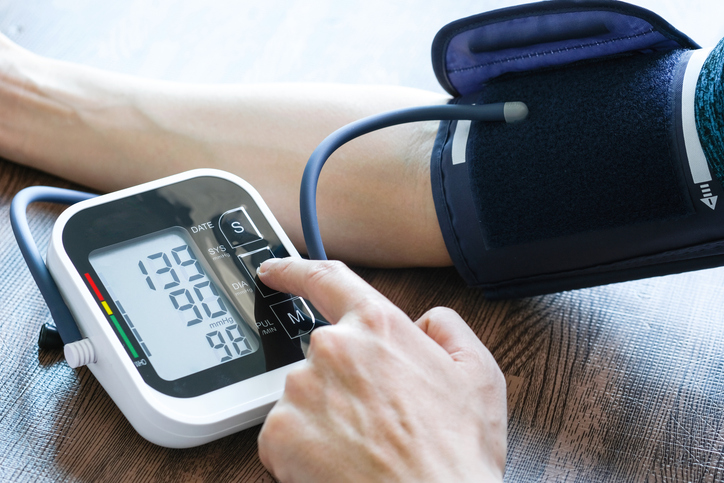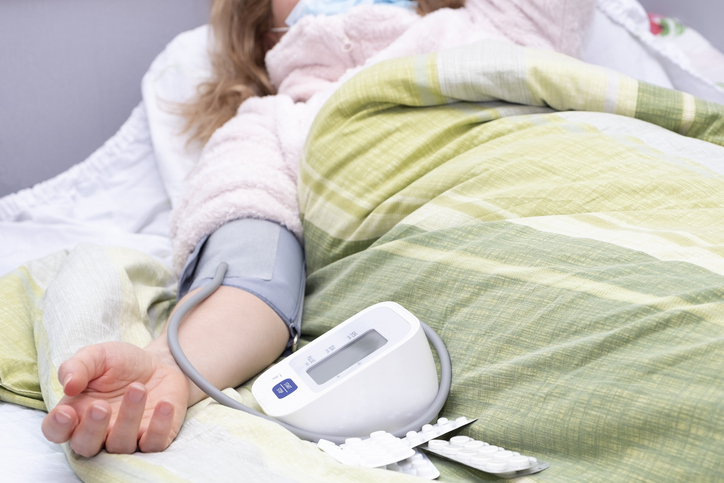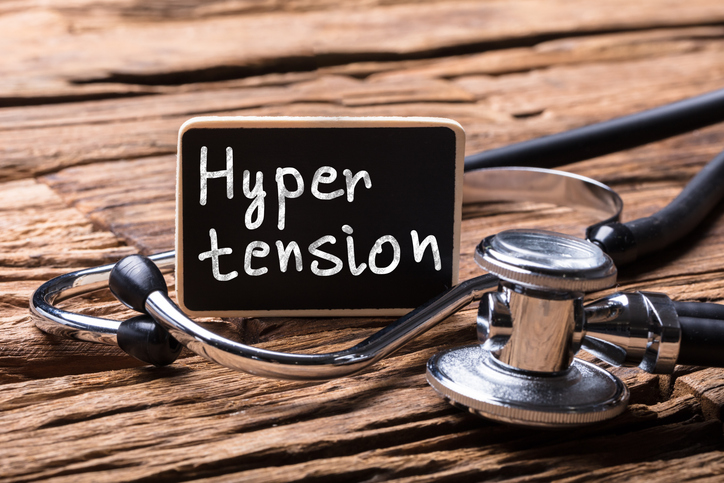
Researchers conducted the coArtHA clinical trial, which aimed to determine (1) whether a two-pill antihypertensive strategy is noninferior and (2) whether a low-dose three-pill strategy is superior to full-dose monotherapy plus stepped escalation for controlling blood pressure in people with hypertension in rural Tanzania and Lesotho. Results were published in JAMA Cardiology.
The open-label, parallel, three-arm randomized study included 1,268 participants with confirmed, uncomplicated, untreated hypertension. Investigators used a superiority design for the comparison between starting a three-pill strategy (calcium channel blocker [CCB]/angiotensin II receptor blocker [ARB]/hydrochlorothiazide) and a stepped CCB monotherapy strategy (CCB/hydrochlorothiazide) and a noninferiority design for the comparison of starting a two-pill strategy (CCB/ARB).
Hypertension was determined by standardized blood pressure ≥140/90 mm Hg; exclusion criteria included blood pressure ≥180/100 mm Hg with acute headache or chest pain. Participants were randomly assigned 2:1:1 to stepped monotherapy (n=505), the two-pill strategy (n=510), or the three-pill strategy (n=253). The two-pill cohort started with amlodipine 5 mg and losartan 50 mg administered once daily; the three-pill cohort started with amlodipine 2.5 mg, hydrochlorothiazide 6.25 mg, and losartan 12.5 mg administered once daily with subsequent dose escalation in all groups if blood pressure was above target.
The primary endpoint was the proportion of participants reaching target blood pressure at 12 weeks. The blood pressure target was ≤130/80 mm Hg for participants younger than 65 years and ≤140/90 mm Hg for those aged 65 years or older.
In noninferiority analyses, 207 of 370 participants (56%) in the two-pill cohort and 173 of 338 participants (51%) in the monotherapy cohort achieved the blood pressure target (adjusted odds ratio [aOR], 1.18; 95% CI, 0.87-1.61), fulfilling noninferiority.
In superiority analyses after multiple imputation for missing outcome data, 57% of participants in the three-pill cohort, 55% in the two-pill cohort , and 49% in the monotherapy cohort reached the target blood pressure (aOR, 1.24; 95% CI, 0.94-1.63; P=.12 and aOR, 1.28; 95% CI, 0.91-1.79; P=.16 for the two-pill and three-pill vs stepped monotherapy strategies, respectively).
The researchers concluded that “wide CIs preclude the ability to rule out potentially clinically important effects of the additional pill strategies for hypertension control. Initial monotherapy with full-dose amlodipine led to a rapid blood pressure reduction at the cost of increased risk of adverse events, whereas the combination strategies might improve blood pressure control in those younger than 65 years targeting a lower blood pressure.”
Source







 © 2025 Mashup Media, LLC, a Formedics Property. All Rights Reserved.
© 2025 Mashup Media, LLC, a Formedics Property. All Rights Reserved.